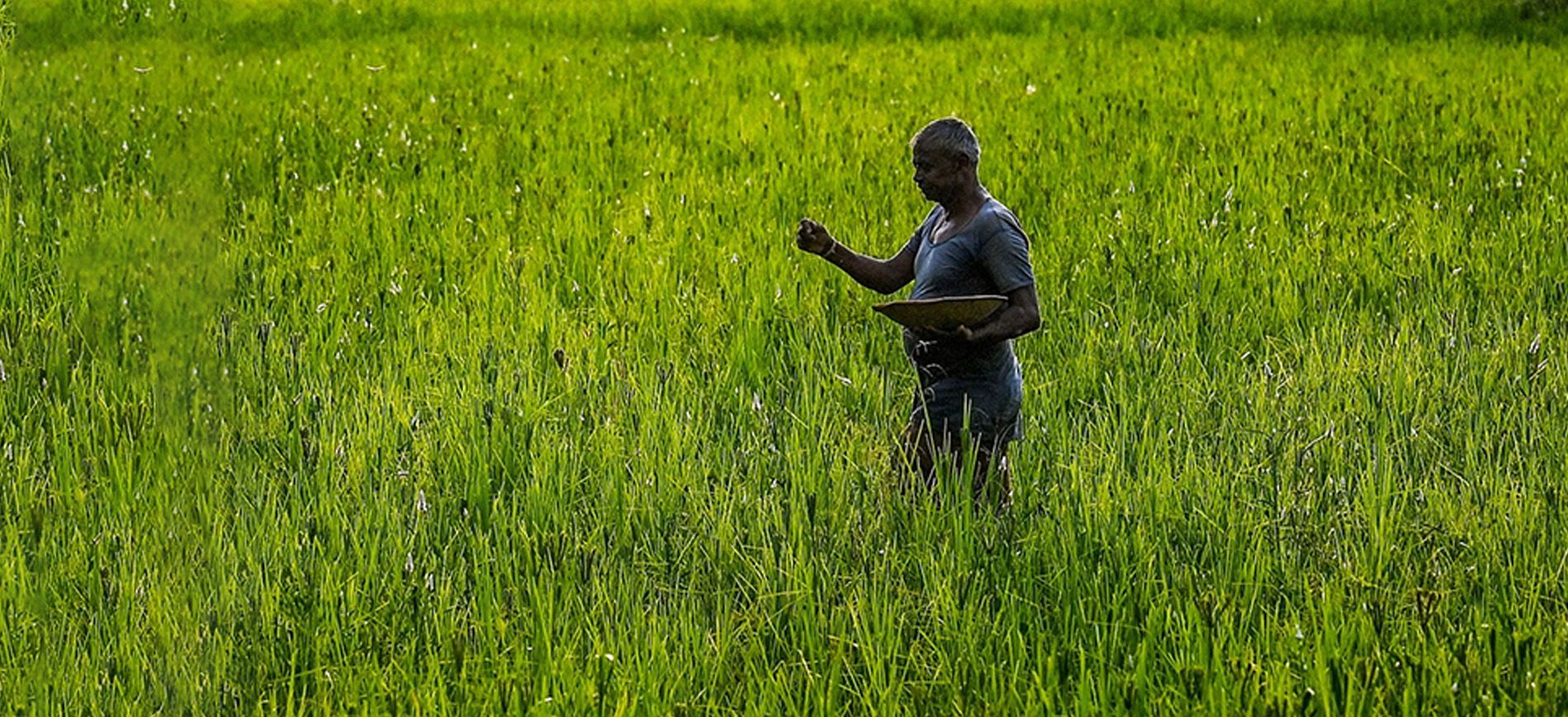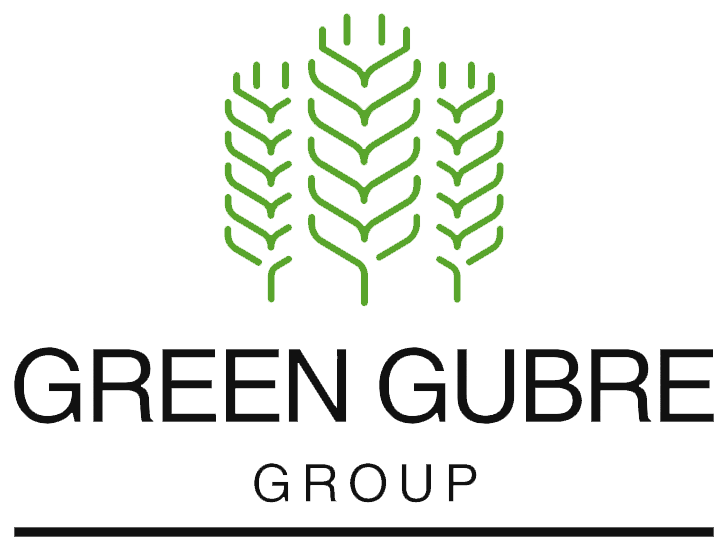India’s Fertilizer Demand Surge – Meeting Food Security with Science and Sustainability
India’s Fertilizer Demand Surge
Meeting Food Security with Science and Sustainability
India is at a pivotal point, where the convergence of agricultural growth and the food demand driven by its large population is more pressing than ever. As the world’s second-most populous country, India's need for a robust and efficient fertilizer system is paramount. Fertilizers like granular and prilled urea, NPK blends, and micro-nutrient-enriched compounds are fundamental and a lifeline to boosting crop yields across India’s diverse agro-climatic zones. This blog delves into India’s burgeoning fertilizer demand, the scientific advancements revolutionizing its agricultural sector, and the profound implications for domestic food security and global trade dynamics.

India’s Fertilizer Landscape in 2025
India is the world’s largest consumer of urea and among the top importers of phosphate-based and potash fertilizers. The government heavily subsidizes fertilizer prices to ensure affordability for its 100+ million farmers. However, this has led to complex challenges, including:
- Over-reliance on nitrogenous fertilizers (especially urea)
- Nutrient imbalance in soils across major agricultural belts
- Dependency on imports for phosphates and potash
To address these issues, the Indian government and private sector are increasingly focused on balanced fertilization, nutrient-use efficiency (NUE), and innovative delivery systems.
Key Fertilizers in Focus
Granular & Prilled Urea
- Granular urea is preferred in mechanized farming regions, such as Punjab and Haryana, due to ease of distribution via spreaders.
- Prilled urea remains dominant in eastern and southern India, where manual application is prevalent.
- India’s domestic production is growing, but imports (primarily from the Middle East, Iran, and China) still play a crucial role.
Introducing
coated and stabilized urea—like neem-coated urea is part of the strategy to reduce environmental losses and improve NUE.
- India’s diverse cropping systems—from rice and wheat to cotton, sugarcane, and pulses—demand flexible NPK formulations.
- Popular blends include 20-20-0, 10-26-26, and 12-32-16, depending on regional soil health and crop cycles.
- The Indian government promotes customized NPK blends and
city compost NPKs to encourage organic integration.
Micronutrient-Enriched Fertilizers
- Zinc, sulfur, and boron deficiencies are widespread in Indian soils.
- The market for fortified fertilizers like zincated urea and sulfur-enriched NPKs is growing, driven by state government incentives and private R&D.
Scientific Advancements Shaping Fertilizer Use in India
Soil Health Cards (SHC) Initiative
- Over 100 million SHCs have been distributed since 2015.
- These SHCs, distributed since 2015, provide farmers with specific nutrient recommendations based on soil tests, improving fertilizer application accuracy and reducing nutrient waste.
- Result: improved fertilizer application accuracy and reduced nutrient waste.
Nano Urea Technology
- Developed by the Indian Farmers Fertiliser Cooperative (IFFCO), nano urea is a liquid alternative applied via foliar spray. IFFCO, a leading cooperative in the Indian fertilizer industry, has been at the forefront of developing innovative and sustainable fertilizers.
- Claims include a 50% reduction in urea usage with equivalent yield gains.
Nano fertilizers, including nano urea, are expected to revolutionize nutrient delivery in water-stressed and fragmented farmlands. Their efficient use of nutrients and reduced environmental impact make them a promising solution for these challenging agricultural conditions.
GIS-Based Fertilizer Planning
- Geographic Information System (GIS) tools are now used for real-time fertilizer demand mapping and policy planning.
Enables predictive modeling for seasonal demand and import coordination.
Drip Fertigation Integration
- Combining drip irrigation with water-soluble fertilizers optimizes resource use.
- Particularly useful in water-scarce states like Maharashtra, Gujarat, and Rajasthan.
Trade & Import Outlook
India’s demand for fertilizers is expected to remain strong in 2025 and beyond due to:
- An expanding middle class demanding more diverse diets (more vegetables, fruits, pulses)
- Government incentives for increased food grain production under the Public Distribution System (PDS)
- Climate resilience measures require integrated nutrient management
Major suppliers: Iran (urea), Morocco (DAP), Russia (NPK and potash), China (multi-nutrient fertilizers)
Challenges & Opportunities
While India is progressing, several challenges remain:
- Ensuring farmer access to innovative fertilizers at affordable prices
- Reducing logistical bottlenecks, especially for imports during peak seasons
- Aligning fertilizer use with environmental and CBAM-related sustainability goals
At the same time, opportunities are immense for suppliers, researchers, and policymakers:
- Expanding the market for biofertilizers and green ammonia-based products
- Building smart fertilizer infrastructure, including cold storage and precision equipment
- Encouraging PPP models (Public-Private Partnerships) to fund innovation and delivery
Conclusion
India’s journey towards agricultural self-sufficiency is intricately linked with fertilizer innovation. Combining rising food demand, scientific advancement, and supportive policies creates a promising environment for transformative growth. As India strides forward in 2025, the need for collaboration between domestic and international stakeholders in fertilizer technology, trade, and sustainability becomes more critical. Each stakeholder, be it a supplier, a researcher, or a policymaker, has a crucial role in this collective effort towards a sustainable and secure food future for India.
Green Gubre Group, a leading player in the Indian fertilizer industry, continues to monitor India’s fertilizer landscape to deliver tailored, science-driven solutions that meet the evolving needs of the Indian agricultural economy.




